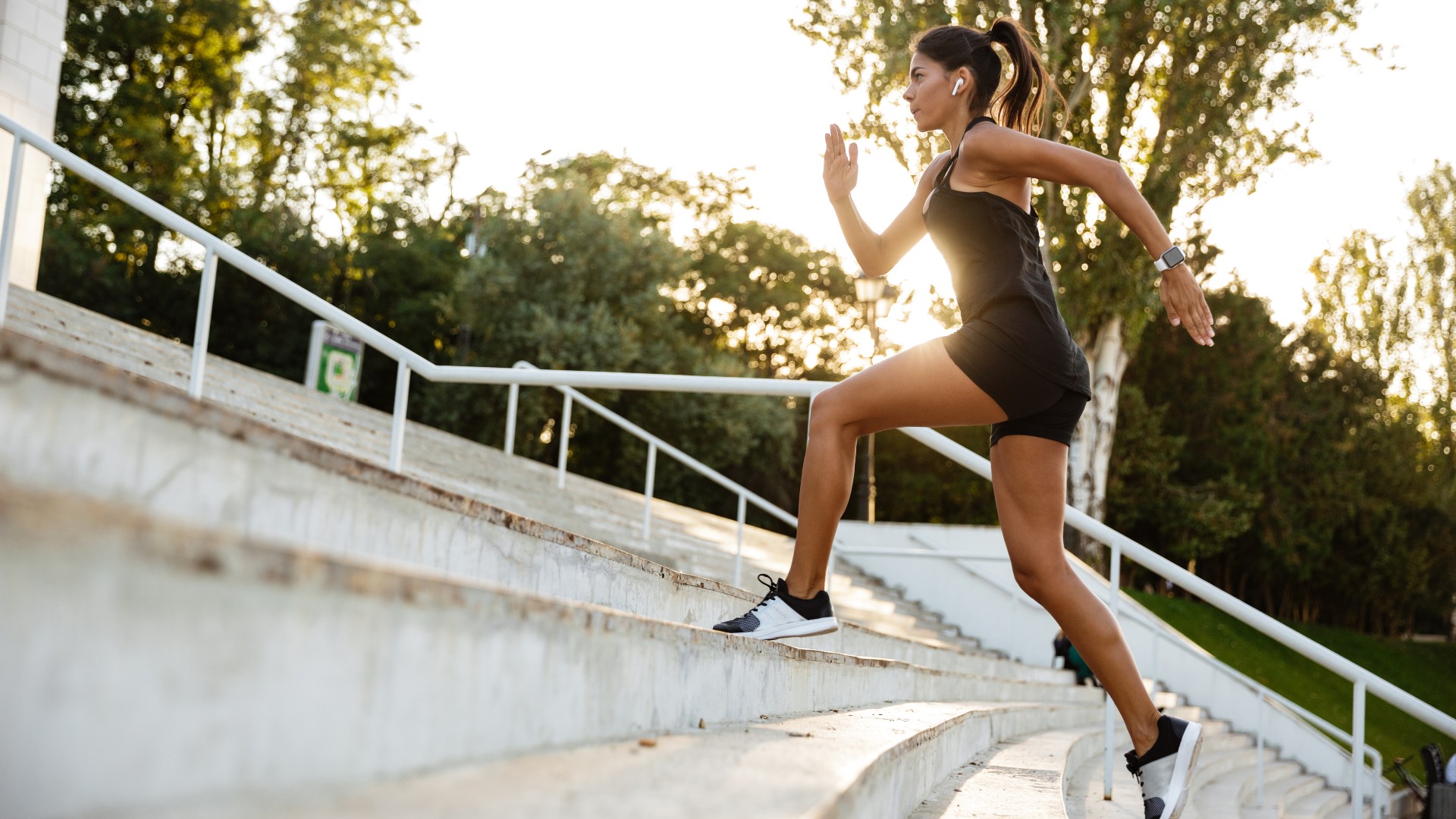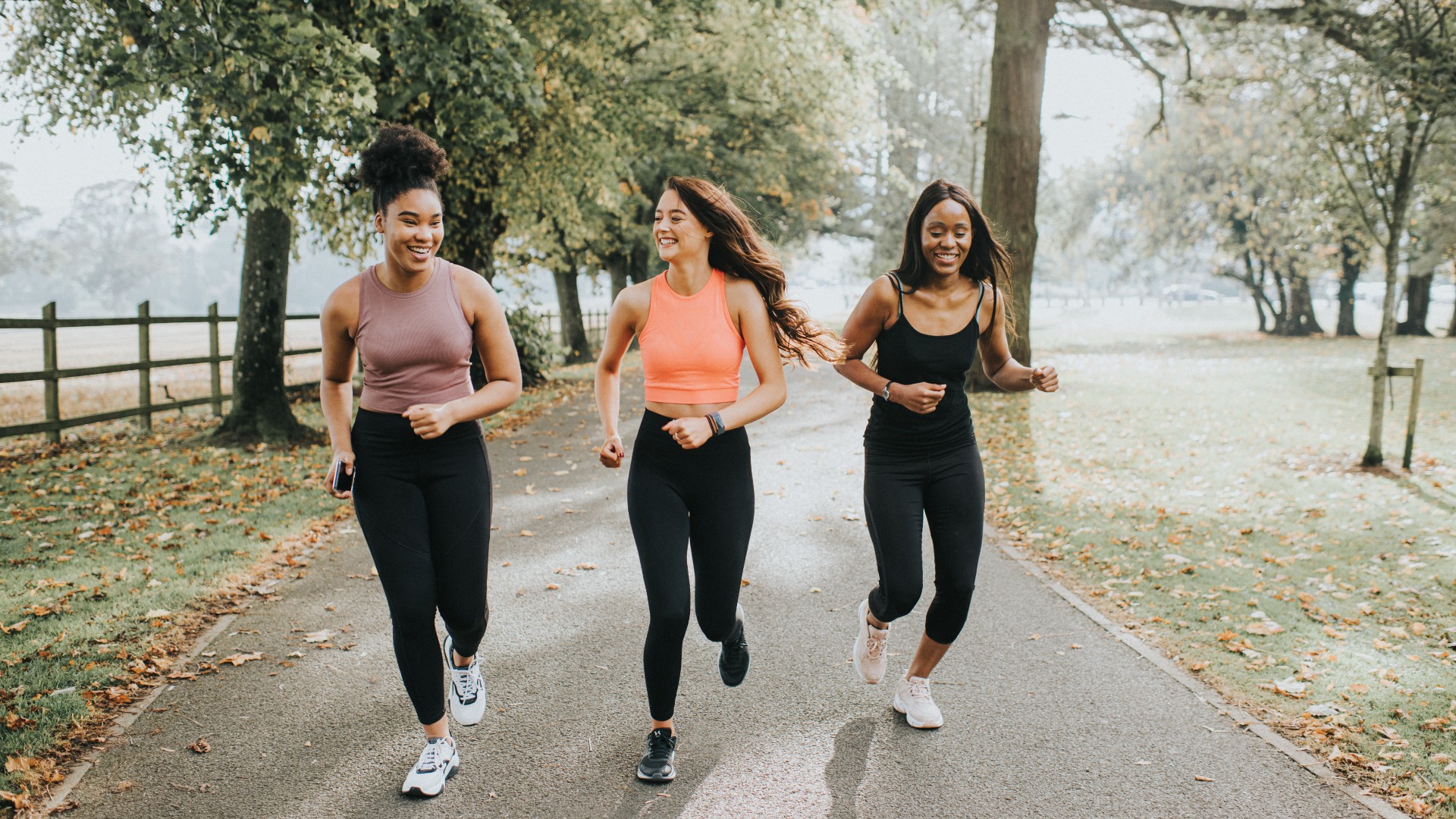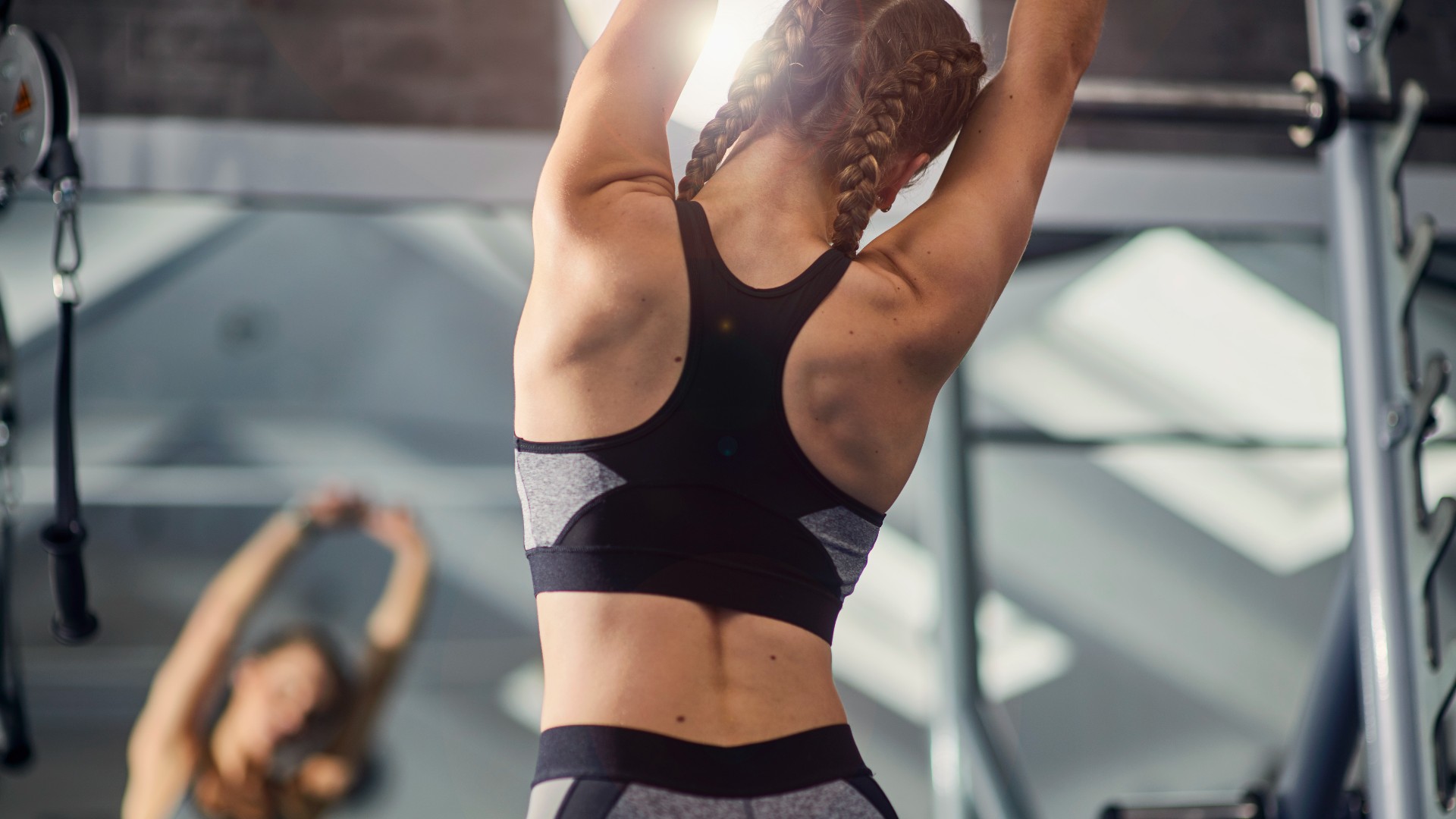
If you’ve been led to believe that high-intensity workouts are the best way to burn calories and lose weight, let us introduce you to Non-Exercise Activity Thermogenesis (NEAT).
Combined with regular, consistent exercise and a healthy diet, NEAT could help you achieve your weight loss goals without spending hours in the gym every day. The term refers to the amount of energy you expend daily outside of sleeping, eating and exercising; this means that taking the stairs over the elevator or standing up while you work both count toward your NEAT total and could help you burn more calories.
If you plan to up the ante on your daily movement, some of the best under-desk treadmills could help you clock up more steps during the day. Read on for how NEAT could help you burn calories and lose weight as part of your existing health routine.
What is NEAT?

According to various studies and research, Non-Exercise Activity Thermogenesis (NEAT) refers to energy expenditure outside of sleeping, eating and dedicated exercise like sports.
As we mentioned, it could include standing up more often or gardening in the yard, and this activity accumulation throughout the day helps increase your metabolic rate. It also has a cumulative impact on energy needs and expenditure.
Exercising has many benefits, like building stronger bones and muscles, improved mental well-being and better cardiovascular health. But, the research indicates that you should also focus on the hours outside of dedicated gym time, whether scheduled daily or weekly activity.
That’s not to say that regular exercise isn’t important. The World Health Organization (WHO) famously recommends 150 hours per week of moderate-vigorous physical activity, which becomes even more crucial for keeping you robust and mobile as you age. Combining exercise with NEAT could be a powerful weight loss solution if you struggle to fit enough activity into your day.
NEAT and metabolism
Let’s drill down into the science quickly. Your basil metabolic rate (BMR) is a measure of how many calories your body needs to perform basic functions like breathing. In short, if you slept all day, how many calories would your body burn?
BMR accounts for around 70% of total daily energy expenditure (TDEE), whereas exercise like sports accounts for around 20%. Then you have the thermic effect of food (TEF) making up the remainder, which refers to the energy expended when digesting and processing food. That’s a lot of acronyms.
Factors like age, body composition, stress, hormones, genetics and sleep determine your metabolic rate and ability to lose fat. So, every person will have a different journey when trying to shed pounds. Regardless, NEAT could help boost it.
Calorie burn and exercise
We know that sedentary lifestyles negatively affect various aspects of health and are associated with weight gain, obesity and chronic health conditions, so integrating NEAT could help you reach your fat loss goals alongside managing the factors above.
Aside from NEAT, a consistent exercise regime should include resistance training and aerobic activity. Two to three strength training sessions per week are enough to make a big difference, and you can distinguish between hypertrophy vs strength training to suit your goals here. Increasing the amount of lean muscle mass in your body also increases fat-free mass and your metabolic rate.
Calories burned during exercise are measured using METS and vary from sport to sport. We’ve put together some handy comparisons including boxing vs running and whether jumping rope burns more calories than running, using a trusted MET-value calorie counter to give you an idea.

As an example, a 150-pound person holding a child for one hour could roughly burn 143 calories compared with the same person running at a gentle pace for one hour who would burn 358 calories. You’re more likely to spend time carrying your child accumulatively than running for endless hours.
The weight loss calculators are rife on the internet. They can measure your BMR, TDEE, personal metrics, goals and calorie intake to provide the best way to lose weight. Calorie counters will use your current activity levels and some factors mentioned above to determine how many calories you’d need to consume a day relative to your estimated expenditure to lose weight, and what those calories should consist of (percentage of protein, fat and carbs).
But despite being helpful for some goals, we wouldn’t recommend living by calculators, and it’s not an exact science. That’s why I don’t recommend counting calories, and if the numbers and calculations are getting you flustered (me too), why not use one of the best fitness trackers to simplify the math for you instead?
5 ways to improve NEAT and increase calorie burn
If your goal is to shed some pounds, here are five simple ways to increase NEAT.
1. Switch up your commute
If you commute to work (or anywhere to be honest), consider walking as much of it as possible. You could park further away from the office, take the stairs or get off the subway a stop earlier, for example. If you often take the car, consider if you could walk instead.

2. Take a hike
We swear by the best walking workouts to add to the day, with or without a furry friend in tow. And this 15-minute walking workout combines a walk with guided meditation. Aim for the gold star 10,000 steps, but even 7,000 is thought to be hugely beneficial, and walking packs many health benefits like improved mood and stronger bones.
3. Stand more
Under-desk treadmills are pretty expensive, but a standing desk setup for work could help you stand more. You could also take calls or compile your to-do list on the move, and many fitness trackers will remind you if you’ve been sitting for too long.
4. Find a hobby
This could involve playing with the pets or your children as much as you can or finding an activity that you enjoy that requires you to move in some way. Cooking and painting (standing up) are just some ideas.
5. Stretch
Even fidgeting counts as NEAT! But while we hardly recommend taking it up, you could take that energy and turn it into a stretching routine instead. These low-intensity 3 assisted stretches develop flexibility and strength and will have you bending into some impressive positions with a friend or partner. Stretching also builds flexibility and stronger limbs, which is useful during and after exercise.

Verdict
When embarking on a weight loss journey, some of that weight loss could include muscle tissue. A study on Preserving Healthy Muscle During Weight Loss found consuming adequate protein and increasing physical activity to include resistance-type exercise could help maintain muscle mass and build strength. That could involve carrying groceries, weight lifting and gardening.
If you’re trying to burn more calories, consider adding more NEAT into your daily routine. And remember, lean muscle mass boosts metabolism and calorie burn.







